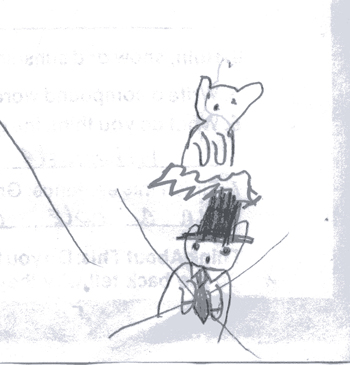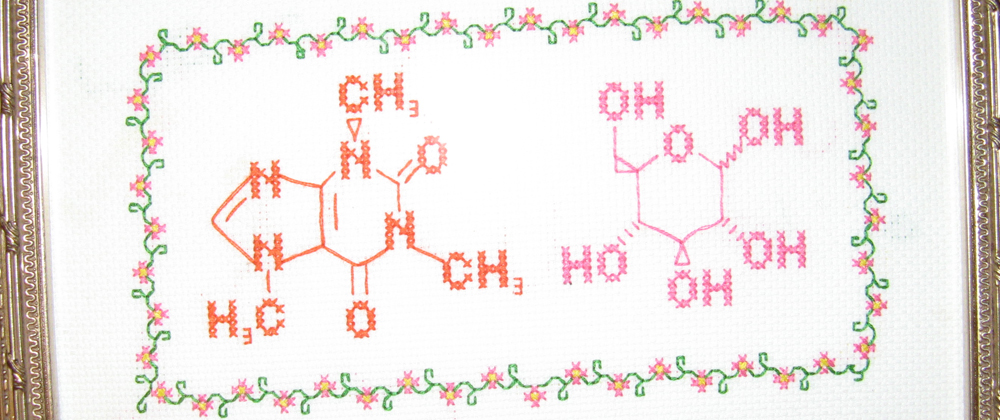You’ve probably heard that UCLA scientist Edythe London, whose house was earlier vandalized to the tune of tens of thousands of dollars by animal rights activists, has once again been targeted. This time an incendiary device was left on her front door.
Abel and Mark weighed in on this appalling use of tactics to terrorize a scientist doing work on approved protocols — protocols that had to meet the stringent standards imposed by federal regulations. But while the NIH and the odd newspaper columnist stands up to make the case for animal use in medical research and against the violent intimidation of medical researchers, there seems not to be much in the way of public outcry.
Do people really feel like firebombing is a legitimate means of persuasion?
My guess is that they don’t. However, some of the details of the situation as described in a recent article in the Los Angeles Times may explain why the public is conflicted. Beyond animal use, the area of London’s research and the source of her funding seem to be raising discomfort, creating a tangled knot of controversy that’s begging to be untangled.
What’s a disease?

“What is a disease?”
It would be nice to think that this is the kind of question where there are clear-cut, fact-based answers to be had. “Disease” is a term that seems to pick out a category of biological conditions, and biologists are pretty good with categorization.
links for 2008-02-12
-
Lapin noir.
-
The natural progression of primary season. (*Something* is rotten …)
Learning student names.
Today was the last day of the semester for students to add courses, and the last day to drop a course without it showing up on one’s transcript was a week ago. (The order of these two dates, it seems to me, should be switched, but I don’t make the rules around here.) In any event, enrollments for classes have more or less stabilized.
Which means that I’m poring over iPhoto trying to learn each of my student’s names.
Graduate students: NSF Debating Science program.
I’m passing on information about a program sponsored by the National Science Foundation for graduate students. The program, organized by the University of Montana Center for Ethics, is called Debating Science 2008, and here’s how it’s described on the announcement:
Blogiversary programming notes.
Hey, today is the third anniversary of my first post on “Adventures in Ethics and Science” at the original digs. I can honestly say that when I started the blog as a virtual extension of class discussions in my “Ethics in Science” I didn’t imagine that it would continue past the end of the semester, nor that it would get scooped up to become part of ScienceBlogs.
A few notes before the cupcakes:
A (qualified) ‘woo-hoo!’
I hold in my hand a letter from our Provost informing me that my sabbatical leave for academic year 2008-2009 is awarded.
Of course, this is contingent on:
Friday Sprog Blogging: random bullets of critters.

Groundhog’s Day
It’s February again and what do you know — the groundhog has made its appearance in school work!
It doesn’t matter that the sprogs have discussed it before, the curriculum requires an annual reexamination of Punxsutawney Phil’s predictive prowess.
Thankfully, there seems to be at least a little critical thinking involved, to wit:
The project of being a grown-up scientist (part 2).
In my earlier post, I described the feeling I had as I started my graduate training in chemistry that there was a huge pile of knowledge I would need to acquire to make the transition from science student to grown-up scientist. I should make it clear (in response to JSinger’s comment that I seemed to be reserving the “grown-up” designation for principal investigators) that the student versus grown-up chasm was one that I thought of primarily in terms of how much I felt I’d have to learn by the time the Ph.D. hit my hand in order not to feel like a total impostor representing myself as a chemist. This was the biggest, scariest to-do list I had ever imagined, but I also couldn’t imagine that it was possible to be a successful academic chemist without being to put check marks next to most of the items on it. There were some grad students in the cohorts a few years ahead of me who seemed to be making good progress with that to-do list. And, there were some PIs who clearly hadn’t done so well with it … but none of them were “successful” in the way I wanted to be (although some were officially quite successful in terms of funding and publications).
For all the talk of extended sojourns in grad school or postdoctoral positions infantilizing trainees, I wouldn’t want to claim that trainees are intellectually or emotionally immature. But that kind of maturity isn’t what’s at the heart of being a scientific grown-up. Rather, it’s about a certain kind of facility in navigating your professional environment — from the lab or the field, to the hunt for funding, to the communication of your results and insights to other scientists, to the other sorts of interpersonal negotiations that make the science happen. It’s being a full member of a professional community, taking your responsibilities to that community seriously, and being invested in the direction that community goes and how well it functions.
I wanted all that — plus, to get my experiments to work, so I could actually write a dissertation and get my degree in a reasonable number of years. But it didn’t take long at all to discover that most advisors don’t talk with their trainees about the arcane knowledge the grown-ups seem to have. Obviously, this would make getting that knowledge much harder.
Why aren’t there regular discussions between advisor and advisee about how to be a grown-up scientist?
Rules, community standards, and policing: Casey Luskin and ResearchBlogging.
You may have been following the saga of intelligent design proponent Casey Luskin’s use of the ResearchBlogging.org “Blogging on Peer-Reviewed Research” icon in a way that didn’t conform to the official guidelines for its use.
The short description on ResearchBlogging’s mission says:
Research Blogging helps you locate and share academic blog posts about peer-reviewed research. Bloggers use our icon to identify their thoughtful posts about serious research, and those posts are collected here for easy reference.
The guidelines for using the spiffy icon include registering with ResearchBlogging, something Luskin did not do at first in the post for which he used the icon. However, Luskin made changes that, in his estimation, brought his post into compliance with the guidelines. Did he succeed? And, is there any effective way for a community to enforce compliance to the spirit of its rules, rather than simply to the letter?



